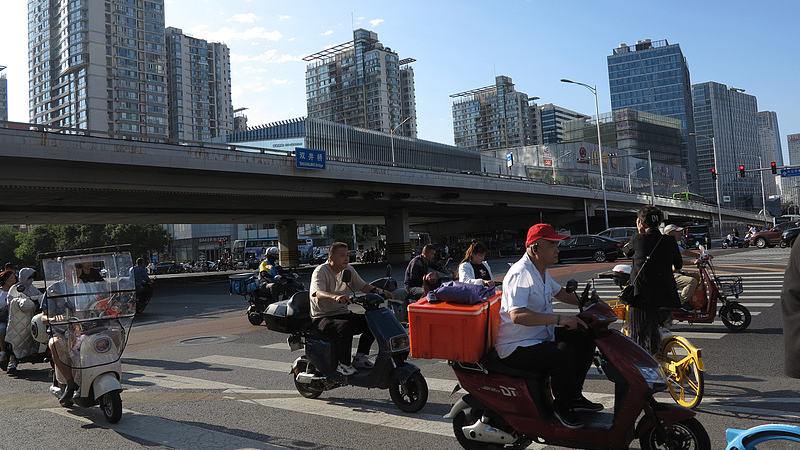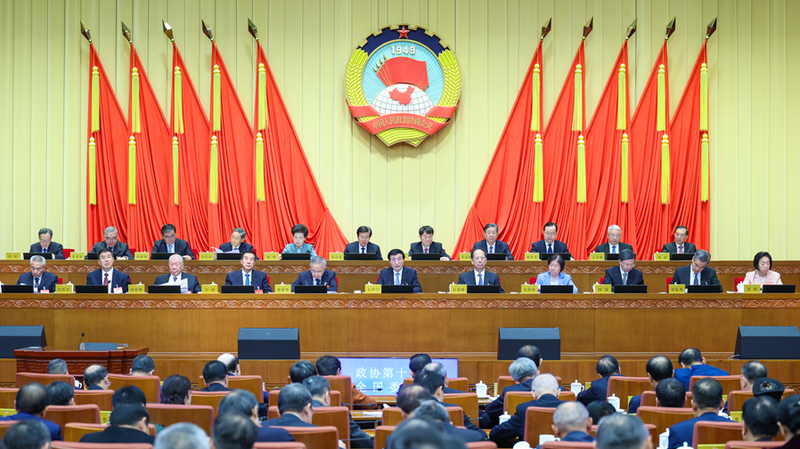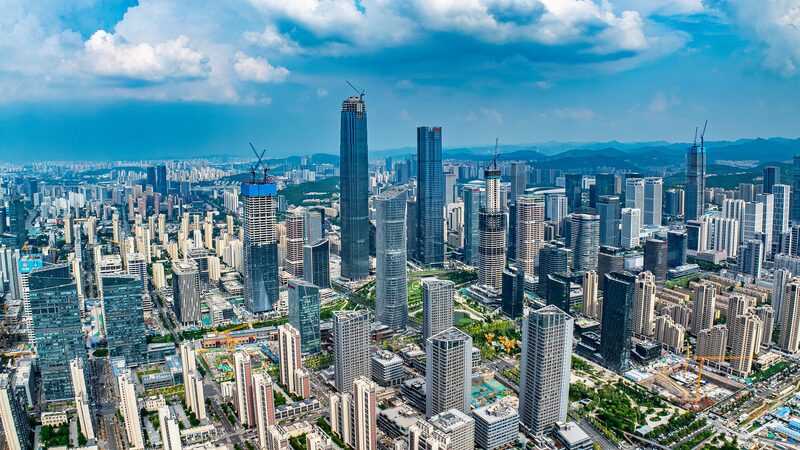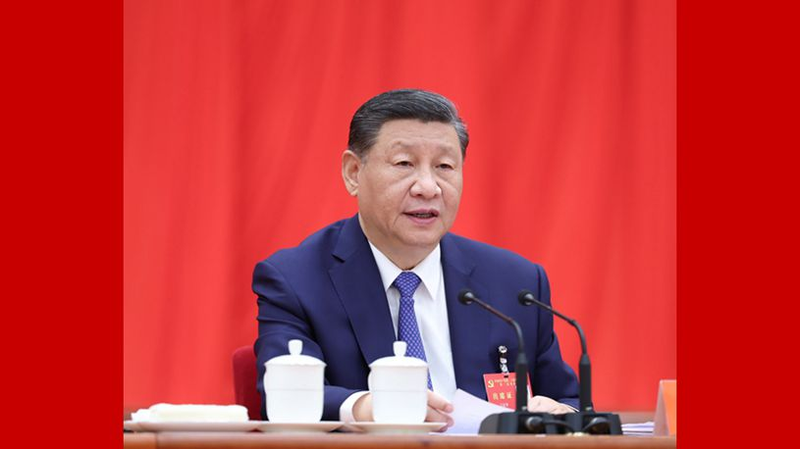At the heart of China's modernization strategy lies a philosophy that has reshaped its economic and social landscape: prioritizing the people's welfare. Introduced at the 18th CPC Central Committee's Fifth Plenary Session and reinforced in the 20th CPC National Congress report, this approach emphasizes collective prosperity and participatory governance as pillars of national progress.
Science Meets Society
The framework answers three critical questions: Development serves whom, depends on whom, and benefits whom? By positioning citizens as both beneficiaries and active contributors, China has implemented grassroots initiatives like Zhejiang's 'Fengqiao Experience' resolving 90% of local disputes at community levels. Innovations such as Fujian's medical reforms and Beijing's streamlined public services exemplify this synergy between policy and populace.
Core Principles in Action
This model reflects the CPC's foundational values through measurable outcomes. Nationwide programs like the Civil Code drafting – incorporating over 1 million public suggestions – demonstrate institutionalized public participation. Urban renewal projects now require resident approval thresholds, ensuring communities shape their environments.
Measuring Progress Differently
Since 2012, China's development metrics have expanded beyond GDP to include cultural enrichment, environmental sustainability, and democratic engagement. Whole-process people's democracy mechanisms like 'courtyard deliberations' empower citizens in decision-making, while green development initiatives align ecological goals with quality-of-life improvements.
Reference(s):
"People-centered": The value orientation of Chinese modernization
cgtn.com







